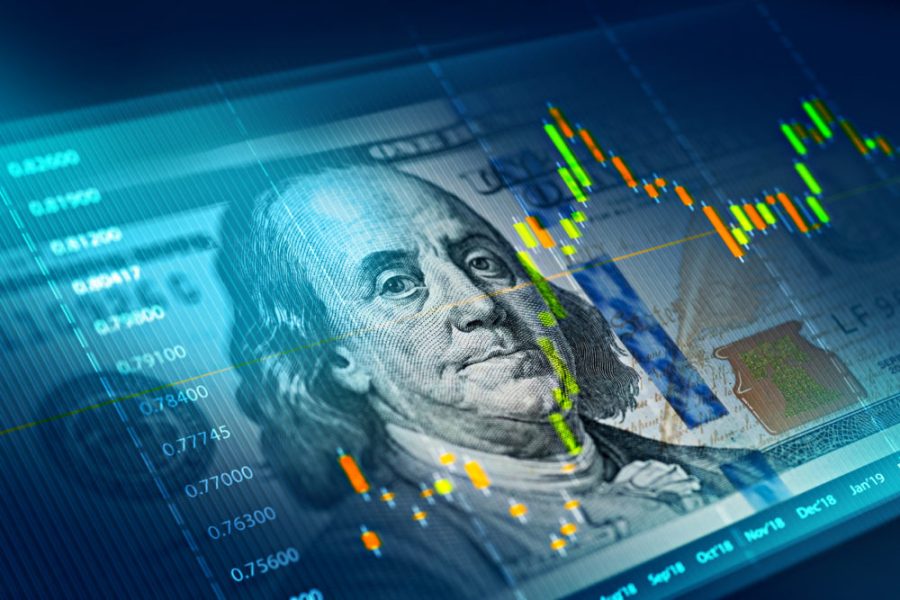Will the Dollar be Going Digital?
February 15, 2022
Recently, many transactions have been taking place online. With the rise of companies such as PayPal, Apple Pay, and Venmo one can now purchase items without seeing a single dollar bill or visiting a bank. However, the US Federal Reserve is considering taking the idea a step further; creating a completely digital dollar.
The idea isn’t as radical as one might think. China is already running trials with its digital yuan, while India is creating a digital rupee. Using the digital dollar wouldn’t be much different from using an online payment app, where a code can be scanned to transfer money from one account to another.
This new idea certainly has some benefits. When one makes a contactless payment, like with a payment app, it may seem to be immediate, but in reality, is a lengthy process. As Chris Giancarlo, former chairman of the Commodity Futures Trading Commission, explained, “My mobile device tells his mobile device to inform a whole series of banks, to confirm who I am, how much money is in my bank, that there is enough money to move from my bank to his bank.” At every stop, transaction fees must be paid, generally by businesses. Utilizing a digital currency would greatly decrease these fees, which added up to over $110 billion in 2020. Credit card companies would be forced to lower fees to stay competitive, meaning even those who choose not to use the digital currency would see rewards.
Even so, negatives exist. One of the biggest would be a lack of privacy, since having a digital dollar would allow the Federal Reserve access to the wallets of everyone in the system. Cybersecurity is also significant. If a hacker managed to get into the database, millions of dollars could be lost. Creating a system resistant to cyber threats, and normal human error, would require loads of time, labor, and taxpayer dollars.
Whatever comes next, it won’t be for quite a while; experts have estimated that implementing the necessary technology would take five to ten years. Some worry that the United States is falling behind countries that have already begun the turn towards digital currency, but Jerome Powell, the Chair of the US Federal Reserve, is in no hurry. “I think it’s more important to do it right than to do it fast,” he stated.









